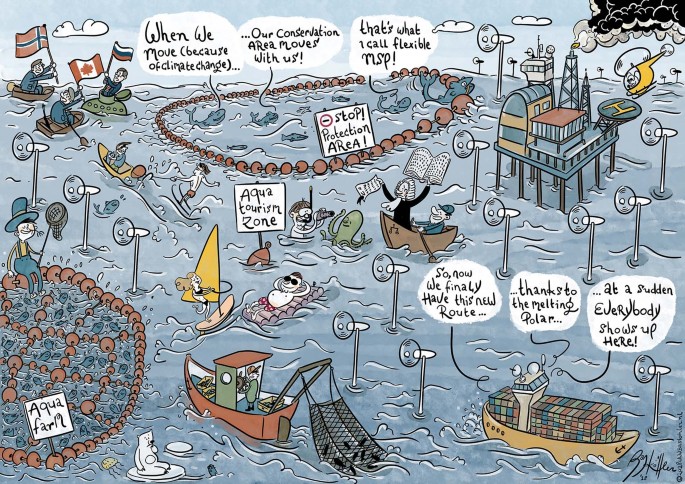
1 Welcome!
Welcome to ESM240 – Climate Change Biology: From Models to Applications!
This eBook was developed as part of the Climate Change Biology module to guide you through one of the most practical and applied aspects of climate science — learning how to understand, find, and use climate model data in real-world ecological and conservation contexts.
The purpose here isn’t to make you a climate modeler. Instead, it’s to help you: - Understand what climate models are and who produces them - Recognize the major CMIP versions and the meaning behind climate scenarios (RCPs and SSPs) - Know where these data live — particularly in the Earth System Grid Federation (ESGF) and Metagrid - Confidently access and visualize basic outputs, such as sea-surface temperature fields, using R
By the end of this module, you should be able to navigate the world of climate projections with confidence — knowing where to look, how to interpret model outputs, and how they connect to biological and conservation questions (🤞).
This is an open educational resource built for master’s students and early-career scientists who want to bridge the gap between climate modeling and applied marine science.
So, grab your coffee, open RStudio, and let’s dive into the climate of the future. 🌎☕
1.1 Open Science: NCEAS
With this material, we are following the NCEAS data approach to make research more transparent and reproducible, which enhances the credibility, utility, and accuracy of the science used to solve global challenges.
Open science is the philosophy and practice of making data and methods accessible, replicable, and free to use, typically through computer programming tools and techniques. It helps researchers compile and analyze data more efficiently and identify solutions more quickly.